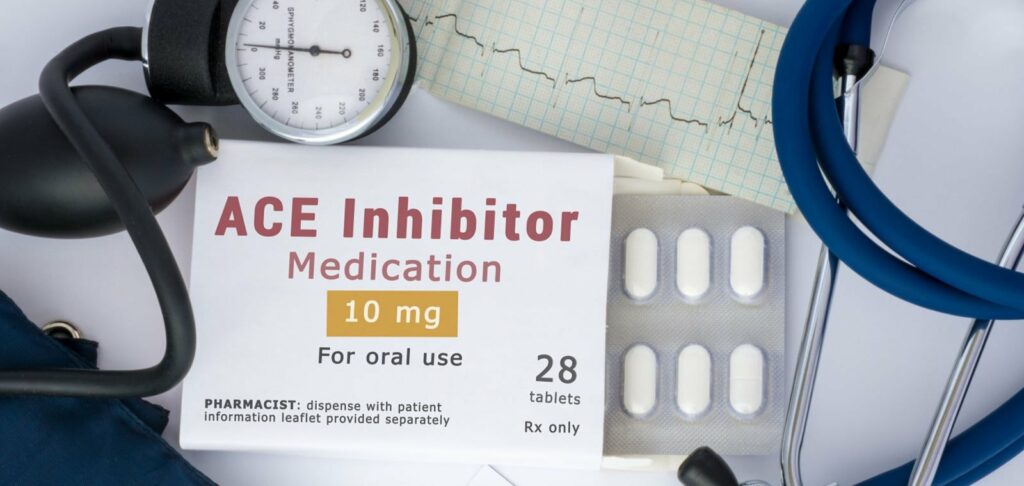
The problems start in the endothelium
Numerous scientific studies have proved that a special place in the development of arterial hypertension, which precedes many cardiovascular diseases, belongs to the imbalance of biologically active substances in the vascular endothelium. Violation of the ratio between the production of vascular “protectors” and their “enemies” in favor of the latter is called “endothelial dysfunction”.
What happens to the endothelium? Before answering this question, let us remind you that the endothelium is a layer of cells lining the inner surface of blood vessels. In terms of mass, it reaches 1.8 kg – more than the liver! And its area is absolutely huge. If it were possible to place all the cells of human vascular endothelium on a flat surface, they would occupy the area of 20 (!) country plots of six hectares each.
In normal conditions, the endothelium maintains a quantitative balance of biologically active substances that control vasoconstriction and dilation. If this balance is disturbed, it means that the mechanism of arterial hypertension development is triggered. The key point in this case is a failure in the natural regulation of conversion of angiotensin I into vasoconstrictor – angiotensin II, as well as the loss of activity of the hormone bradykinin, which should maintain normal vascular tone.
The stick in the wheels of this vicious mechanism is the use of ACE inhibitors. These drugs block the action of the enzyme that causes pathological transformations of angiotensin, and thus stop the development of arterial hypertension, prevent associated cardiovascular complications.
Drug selection criteria
For patients with heart failure, nephropathy and diabetes, IAPs are considered the drugs of choice. Numerous experimental and clinical studies have shown that it is the only group of drugs that reduces mortality and the need for hospitalization in arterial hypertension.
Two generations of ACE inhibitors have already been developed. The first generation includes captopril, while the second generation is very widely represented: enalapril, quinapril, lisinopril, ramipril, perindopril, moxipril, fosinopril, cilazapril. Many second-generation ACE inhibitors not only control blood pressure (BP), but are also safe, well tolerated, have a short dosing frequency, are compatible with other medications, and can be used for monotherapy for long periods of time. However, they still differ both in BP-lowering efficacy and in their effect on the endothelium, which is determined by the degree of their affinity for the endothelial angiotensin-converting enzyme. Quinapril has the highest affinity to this enzyme. By this indicator, it is 2 times superior to perindopril, 3 times superior to ramipril and 15 times superior to enalapril. Taking into account that 90% of ACE is located on the membranes of endothelial cells, we can conclude that the most beneficial effect will be obtained using only the drug that binds to these tissues and acts directly in them.
It is the restoration of endothelial function inherent in second-generation ACE inhibitors, such as quinapril, that demonstrates that BP reduction is effective and treatment of arterial hypertension is adequate. Endothelial recovery allows patients to reverse the development of many cardiovascular diseases and improve quality of life.
Shutterstock/FOTODOM UKRAINE photos were used


